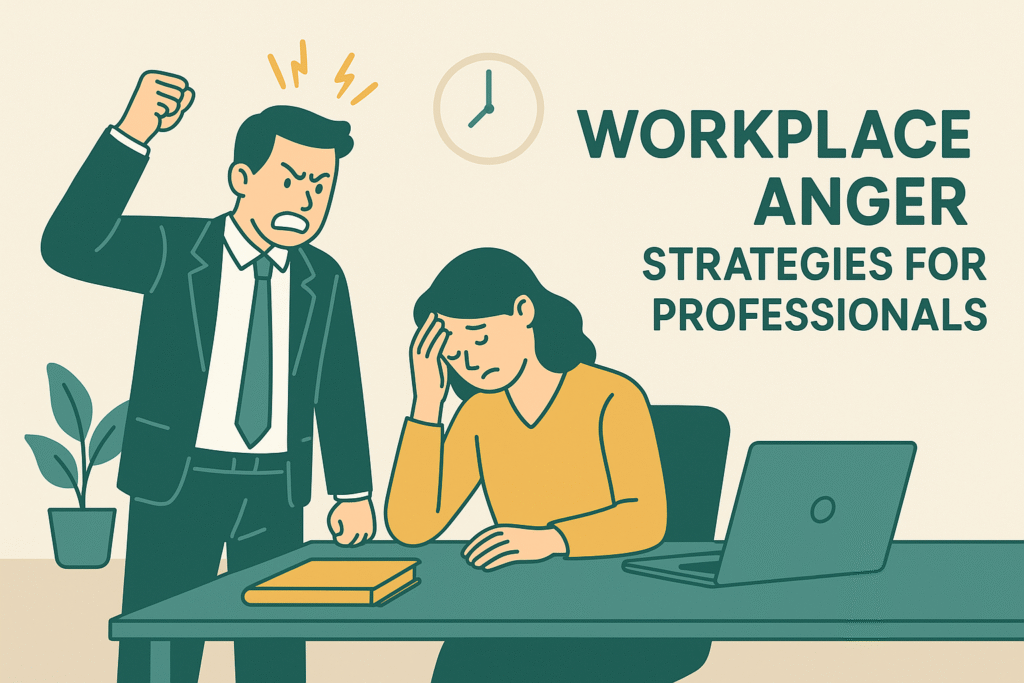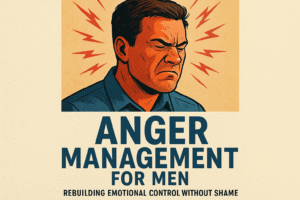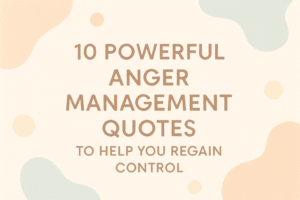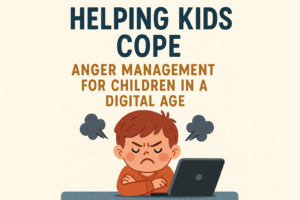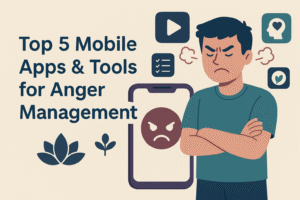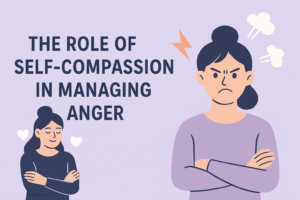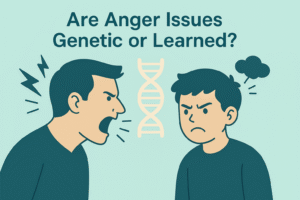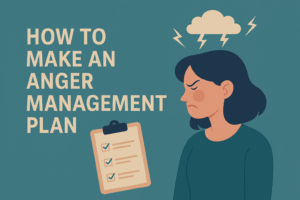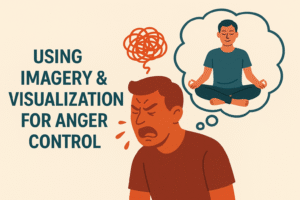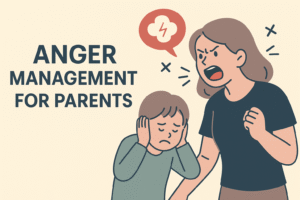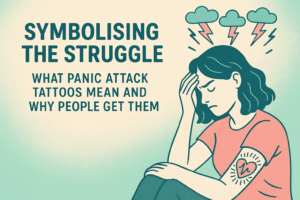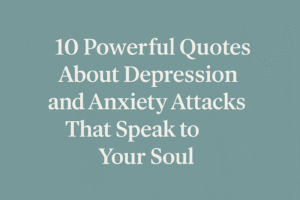Work can be rewarding—but also stressful. Deadlines, office politics, miscommunication, and unrealistic expectations can all trigger frustration. When left unmanaged, workplace anger can harm your reputation, relationships, and well-being.
Whether you’re a team member, manager, or entrepreneur, learning how to manage anger at work isn’t just about self-control—it’s about creating a healthier professional environment. In this article, we’ll explore common workplace anger triggers, strategies for conflict resolution, emotional control in leadership roles, and how to cope with burnout-induced irritability.
Common Workplace Triggers
Workplace anger doesn’t arise in a vacuum. It’s often the result of chronic stress, unmet expectations, or communication breakdowns. Recognizing your personal triggers is the first step toward better regulation.
Frequent Workplace Anger Triggers:
- Feeling disrespected by colleagues or superiors
- Lack of recognition or appreciation for your work
- Unclear expectations or shifting responsibilities
- Micromanagement or lack of autonomy
- Office gossip or passive-aggressive communication
- Long hours without recovery time
Even small daily stressors, when left unchecked, can lead to explosive moments or passive resentment. Noticing when tension builds helps you intervene before it turns into reactivity.
Conflict Resolution and Communication
Unresolved conflict is one of the most common causes of workplace anger. Without clear communication, misunderstandings grow and tension lingers.
Strategies for Resolving Conflict:
- Use “I” language – Say, “I felt frustrated when the deadline changed,” instead of, “You’re always changing things last minute.”
- Schedule conversations when calm – Don’t address issues in the middle of a heated moment. Set a time to talk when both parties are grounded.
- Clarify needs – Explain what outcome you’re looking for: “I need more notice before changes so I can plan effectively.”
- Focus on solutions – Keep discussions forward-looking, not stuck in blame or history.
Conflict resolution is not about being right—it’s about creating understanding and moving forward with mutual respect.
Managing Anger in Leadership Roles
When you’re in a leadership or managerial role, your emotional tone sets the climate for your team. An angry leader can create a tense, fearful, or disengaged workplace. But one who manages their emotions effectively models emotional intelligence and professionalism.
Emotional Control Tips for Leaders:
- Pause before reacting – Step back and assess: Is this about the moment, or is it part of a bigger pattern?
- Acknowledge emotions privately – It’s okay to say to yourself, “I’m angry,” without expressing it outwardly in the moment.
- Use emotion to motivate, not intimidate – Direct frustration into productive action, not blame.
- Create a culture of open feedback – Encourage team members to speak up before anger builds.
- Lead with empathy – Understand that your team may also be under pressure. Support often works better than scolding.
Professionalism doesn’t mean suppressing emotion—it means managing it wisely.
Coping with Burnout-Related Anger
When anger becomes frequent, it’s often a sign of burnout—the result of chronic physical or emotional exhaustion. Burnout affects focus, mood, and decision-making, often leaving professionals more reactive and irritable than usual.
Signs Your Anger Might Be Burnout-Related:
- You feel drained before the day even starts
- Small requests feel overwhelming or invasive
- You snap or withdraw in meetings without meaning to
- You dread going to work but don’t know why
- Your usual coping strategies no longer work
Steps to Manage Burnout-Induced Anger:
- Take regular breaks – Even five-minute pauses between tasks can reduce emotional buildup.
- Set clear boundaries – Define when you’re “off the clock” and communicate it to your team.
- Prioritize rest – Fatigue amplifies anger. Make sleep and recovery non-negotiable.
- Seek support – Talk to a mentor, HR, or a mental health professional when things feel too heavy.
At youronlinepsychologist, we help professionals recognize burnout before it leads to breakdown—and offer sustainable tools to stay balanced. You can read anger management books as well.
Emotional Regulation Tools You Can Use at Work
You don’t need an hour-long session to manage anger in the workplace. Many quick techniques can help you reset emotionally in just a few minutes.
Try These In-the-Moment Tools:
- Box Breathing: Inhale for 4 counts, hold for 4, exhale for 4, hold for 4. Repeat 3–5 times.
- Label the emotion silently: “I’m feeling frustrated, not furious.” Naming it reduces its power.
- Tension release: Clench your fists under the table, then release slowly. This can help let go of hidden tension.
- Walk to reset: If possible, step away from your desk or go outside for fresh air and perspective.
Over time, building these habits can prevent anger from building up to unmanageable levels.
When to Seek Professional Support
Sometimes, workplace anger isn’t just about the job. It may be tied to deeper emotional patterns, past trauma, or chronic stress that spills over into professional life. In these cases, additional support can be transformative.
Signs You May Need Help:
- You feel emotionally “flooded” often at work
- Your anger has led to warnings or consequences at your job
- You dread team meetings or interaction
- You’ve burned bridges or relationships due to your reactions
- You’re struggling to sleep or unwind after work due to anger or stress
Working with a professional—especially one who understands work-related stress—can help you untangle these emotions and find healthier responses.
Creating a Healthier Work Environment
Anger doesn’t exist in isolation. The workplace itself plays a major role in how emotions are expressed. While you can’t control every factor, there are ways to advocate for positive change.
Promote Emotional Well-Being at Work:
- Suggest mental health days or flexible hours when possible
- Normalize emotional check-ins during team meetings
- Offer empathy when others are struggling—it sets a tone of respect
- Communicate your needs clearly and calmly
Creating a respectful, balanced work environment benefits everyone—and reduces the emotional toll of professional life.
Final Thoughts
Anger at work is normal. But when it becomes frequent or disruptive, it signals a need for new tools, support, or boundaries.
You don’t have to suppress your feelings—you just need to understand them. By identifying your triggers, learning practical de-escalation tools, and creating space for emotional resets, you can become more effective, respected, and emotionally balanced in your role.

